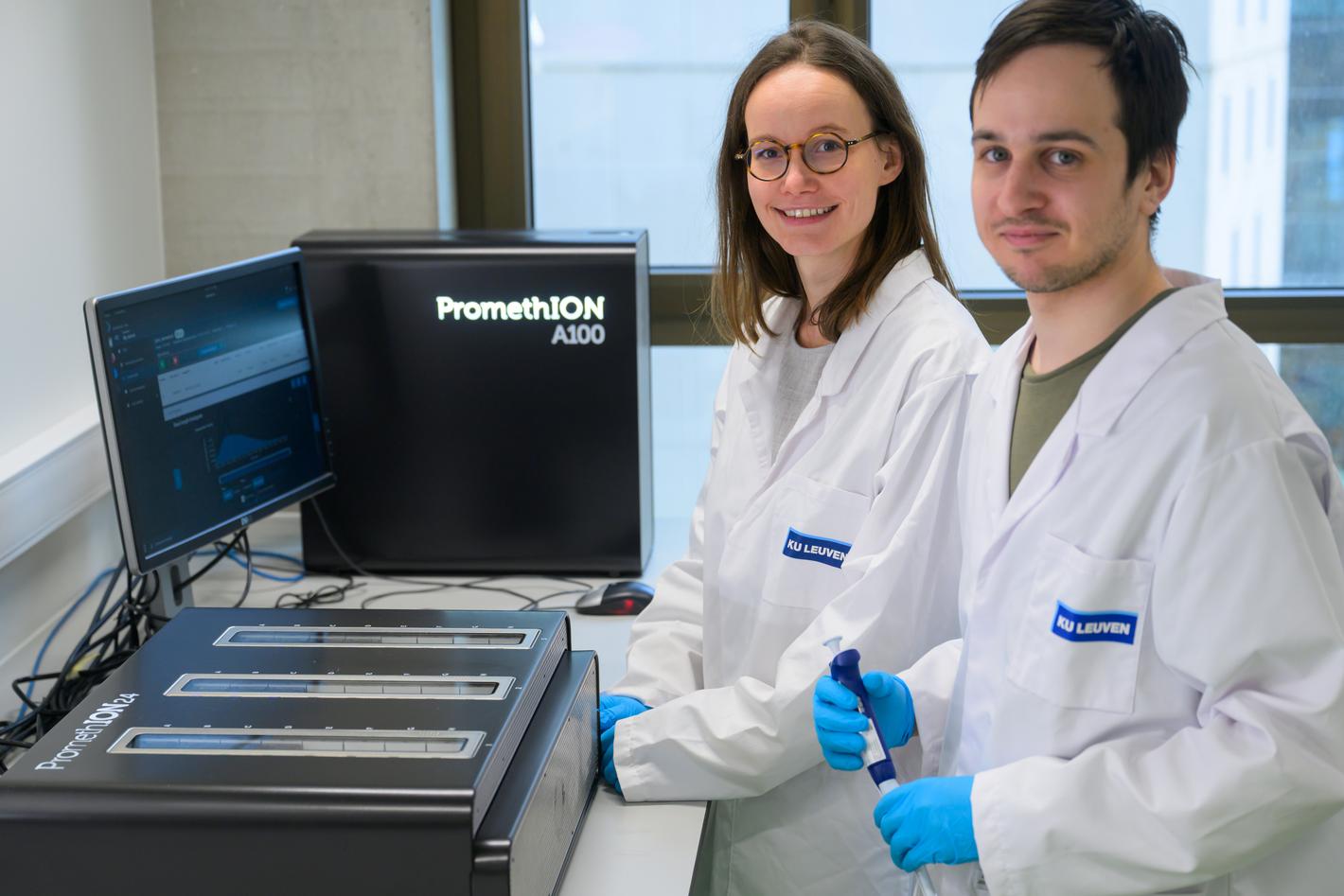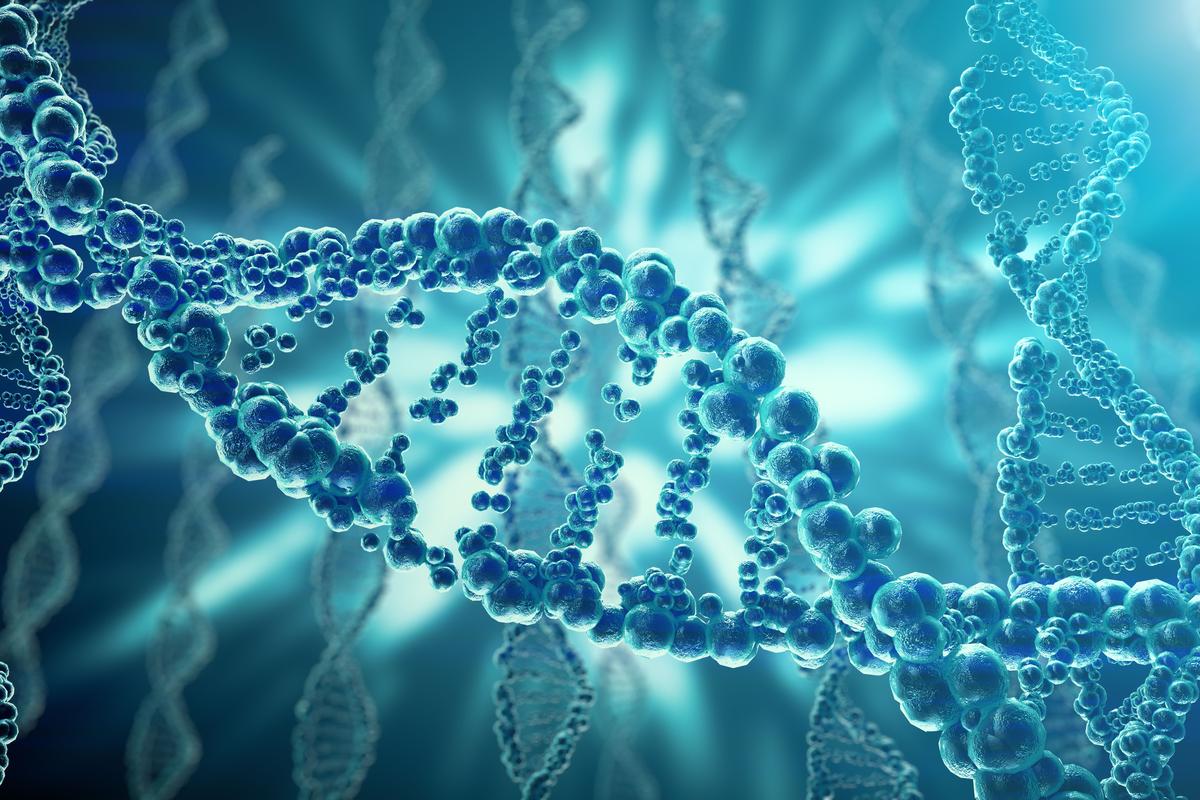Epigenetics
In addition to genetic deviations, such as errors in the order of the DNA base pairs, epigenetic defects can also play an important role in diseases. Epigenetics includes, for instance, chemical modifications of DNA, such as methylation, that help determine which genes are “on” or “off".
Prof. Joris Vermeesch, geneticist at the CME: 'Epigenetic changes, also known as episignatures, are linked to some ten percent of all developmental disorders. Often it includes rare diseases that are clinically difficult to distinguish, requiring patients to go on a true "diagnostic odyssey’"'
Newest generation sequencing
Traditional epigenetic analyses proceed in several steps and can take months. The new method uses nanopore sequencing – a type of the most recent third-generation (or long-read) sequencing, which allows the reading of all DNA base pairs of an entire genome. Then the researchers put a clever algorithm to work searching the millions of sites in the DNA for possible epigenetic abnormalities.
'This requires an enormous enormous computing power, for which, fortunately, we can call on the Flemish Supercomputer. It is thanks to the support of that project that we have come so far with this technology and that epigenetic analyses can be carried out much more efficiently,' says geneticist prof. Kris Van Den Bogaert.
In a first clinical trial in 20 patients, published in Genome Medicine, the researchers confirm that the method is at least as reliable and much faster than traditional techniques for detecting episignatures.
The new technique opens the door to a quicker diagnosis and a deeper insight in the cause of rare disorders. Prof. Joris Vermeesch, geneticist
Prof. Joris Vermeesch, geneticist
Prof. Vermeesch: “The analysis of epigenetic information along with genomic sequence in a single test is unprecedented and provides a much more complete disease picture. This opens the door to a quicker diagnosis and more insight in the cause of rare disorders.'
It is expected that the new technology will become standard practice in Belgium for all patients with unexplained developmental disorders. The costs are similar to older methods.
More information

